I am trying to achieve these things:
- Get most recent data for certain fields (base on timestamp) -> call this latestRequest
- Get previous data for these fields (basically timestamp < latestRequest.timestamp)-> call this previousRequest
- Count the difference between latestRequest and previousRequest
This is what I come with now:
let LatestRequest=requests
| where operation_Name == "SearchServiceFieldMonitor"
| extend Mismatch = split(tostring(customDimensions.IndexerMismatch), " in ")
| extend difference = toint(Mismatch[0])
, field = tostring(Mismatch[1])
, indexer = tostring(Mismatch[2])
, index = tostring(Mismatch[3])
, service = tostring(Mismatch[4])
| summarize MaxTime=todatetime(max(timestamp)) by service,index,indexer;
let previousRequest = requests
| where operation_Name == "SearchServiceFieldMonitor"
| extend Mismatch = split(tostring(customDimensions.IndexerMismatch), " in ")
| extend difference = toint(Mismatch[0])
, field = tostring(Mismatch[1])
, indexer = tostring(Mismatch[2])
, index = tostring(Mismatch[3])
, service = tostring(Mismatch[4])
|join (LatestRequest) on indexer, index,service
|where timestamp <LatestRequest.MaxTime
However, I get this error from this query:
Ensure that expression: LatestRequest.MaxTime is indeed a simple name
I tried to use toDateTime(LatestRequest.MaxTime) but it doesn't make any difference. What I am doing wrong?
